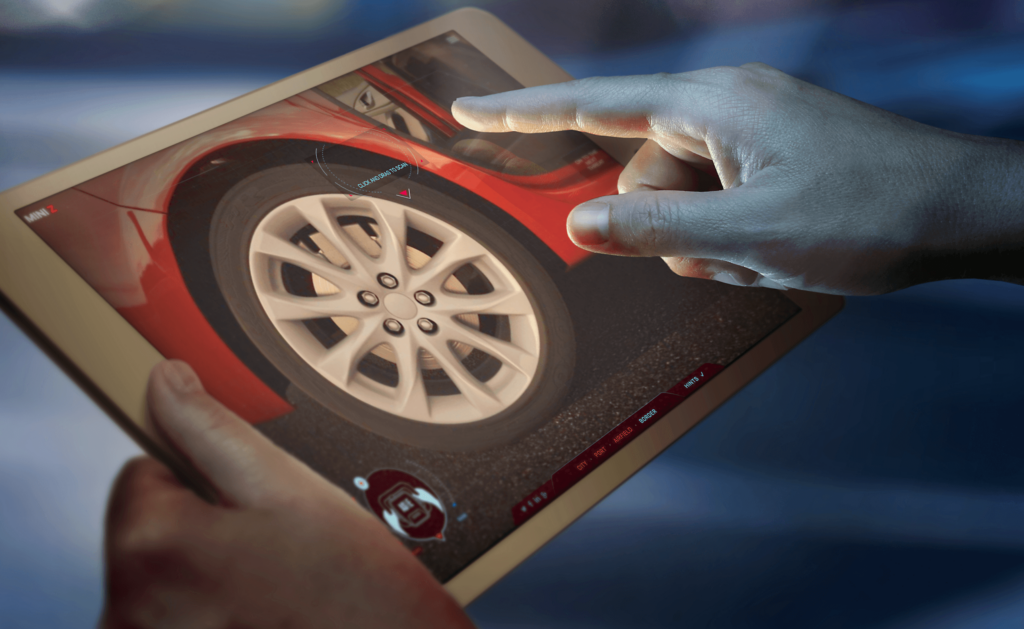Editor’s Note: Now and then we take a little break from the our heavier topics to examine the lighter side of our work. Enjoy!
Authenticity vs. Meadow Muffins
We’ve all seen it. Or perhaps even smelled it. The overly “salesy” presentation. The awkwardly childish product description. The flowery body copy that beats around the bush. As a consumer, we don’t really feel anything besides the lack of relevance or any meaningful connection. But as marketers, we all cringe a little, or even flinch from the perceived pain of phantom pinch or jab in the ribs. We know how that struggle to be authentic really feels. For some Brands, it comes easy. For others, we know that perhaps authenticity will never come at all. But the truly scary cases are those where we can’t really be sure before it goes out there. It’s not hard to see how this happens. Not every product and Brand is bred from the superior DNA of those world-class companies with Brands and cultures that effortlessly produce success after success. A big wide middle of the landscape is made of products whose stories are just not that compelling or easy to tell. For those Brands, separating the “authentic” and the “BS” requires more than a good eye. Fortunately, science is here to help.
The History of BS Detection
In October 1907, which was right around the start of the era of modern advertising, this quote from something called “Farm Manures” by A.H. Snyder at Iowa State College was a good indicator of the extent of the problem even in those early days:
“When manure is allowed to accumulate, it is always important that proper precautions be taken to prevent loss by leaching and fermentation. It should never be piled under the eaves of a building, nor on a slope where surface washing will be great. When possible, it should either be sheltered from rain by some sort of shed or placed in a water-tight pit, so that the water which falls upon it cannot leach away the most valuable portion of the manure.”
Clearly, the advent of the modern agency soon after this time period went a long ways to removing much of the foul by-product from the public view. But once the big piles were no longer a problem, how do marketers sniff out the rest?
Science in Marketing Goes Back Farther Than you Think
This video of an early “BS Detection Apparatus” was developed by an early predecessor of Adobe, who made great strides in helping Brands identify BS at the source through a clever technique that identified those most likely to produce it:
As you may have noticed. The electronic tool does a marvelous job of identifying potential sources of BS before they produce their foul product. The unintended by-product of this experiment however, shocked researchers who discovered that nearly ANYONE was capable of creating large volumes of BS even while deliberately trying to avoid it.
Finally, The BS Detector for the Digital Age
For all the speed of the digital age, advancements in BS Detection did not keep up with its production. In fact, one might say that the internet returned BS volumes to their 1907 levels, except now it was global and could be spread instantly into every connected home and office in the world. One of the less publicized drivers behind the recent release of Google’s new Hummingbird algorythm was a deliberate effort to move the “piles” in much the same way early BS movers did in Iowa in 1907.
But now there is a tool for the rest of us. Introducing a BS Detector for the Digital Age:
(Screen Shot Here)


